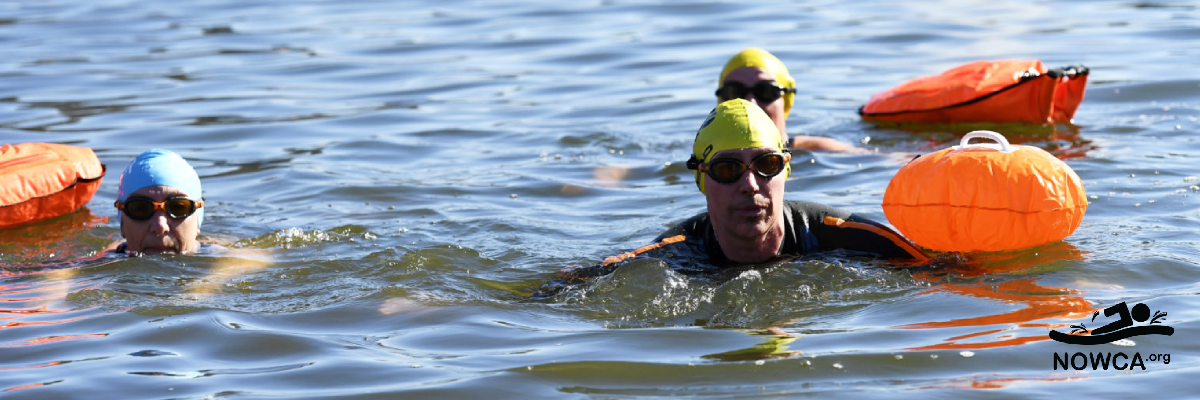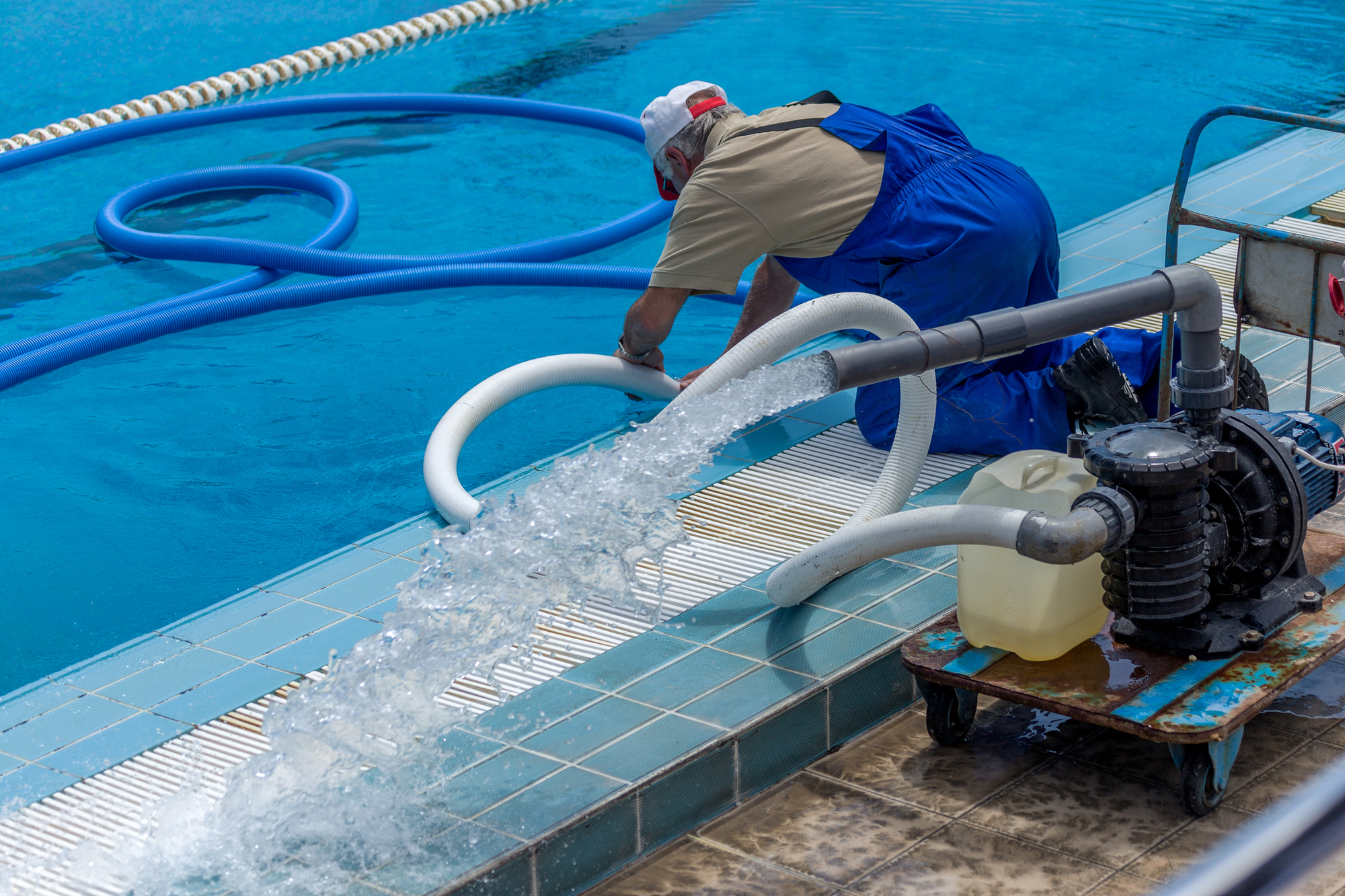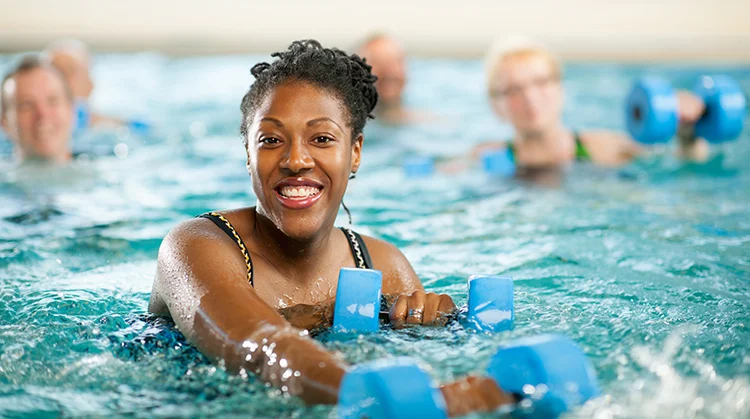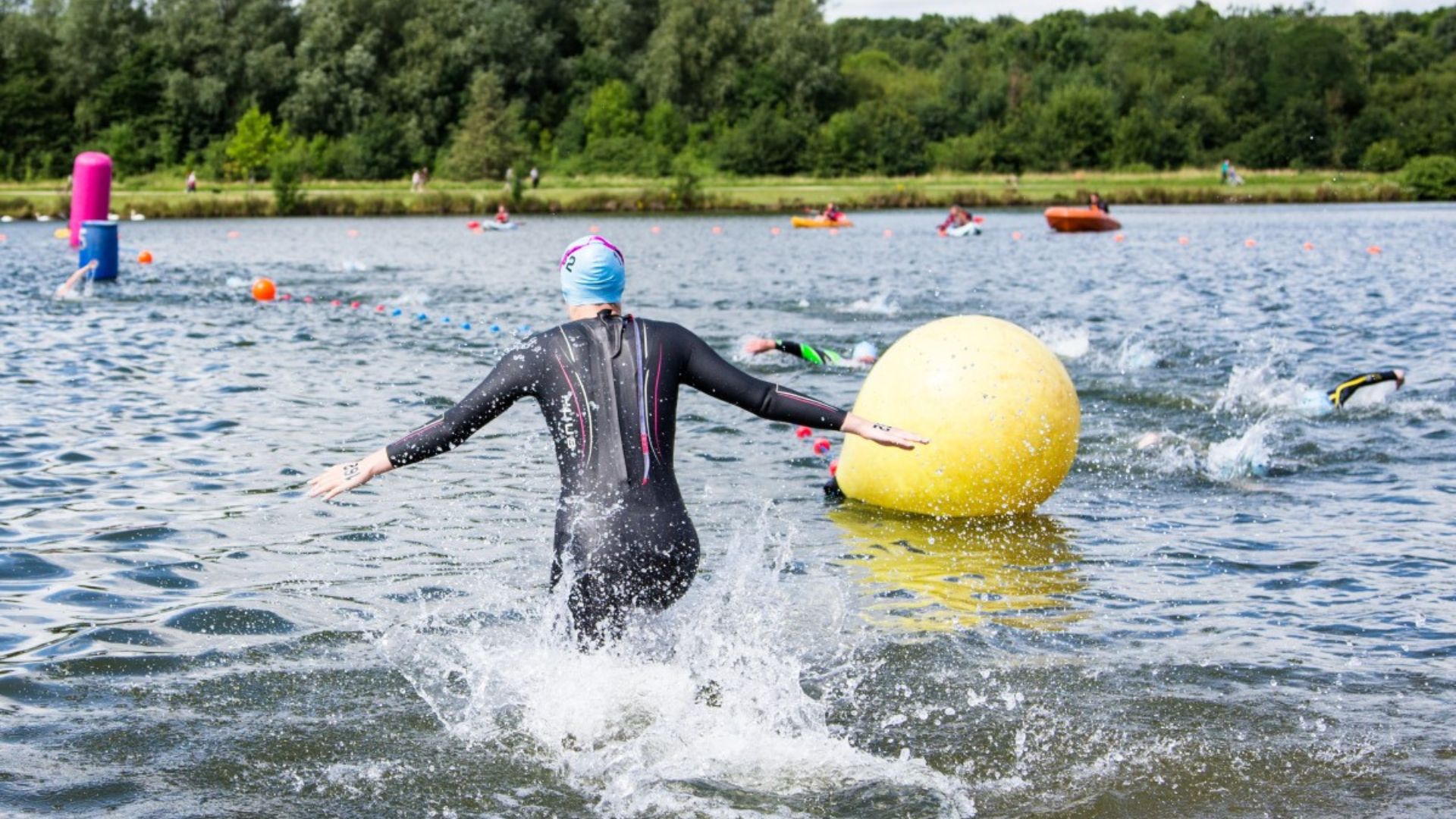Recreational swimming offers numerous physical, mental, and social benefits, making it a popular activity for individuals of all ages. This article explores the joys of recreational swimming, its benefits, and provides tips for maximizing enjoyment in the water.
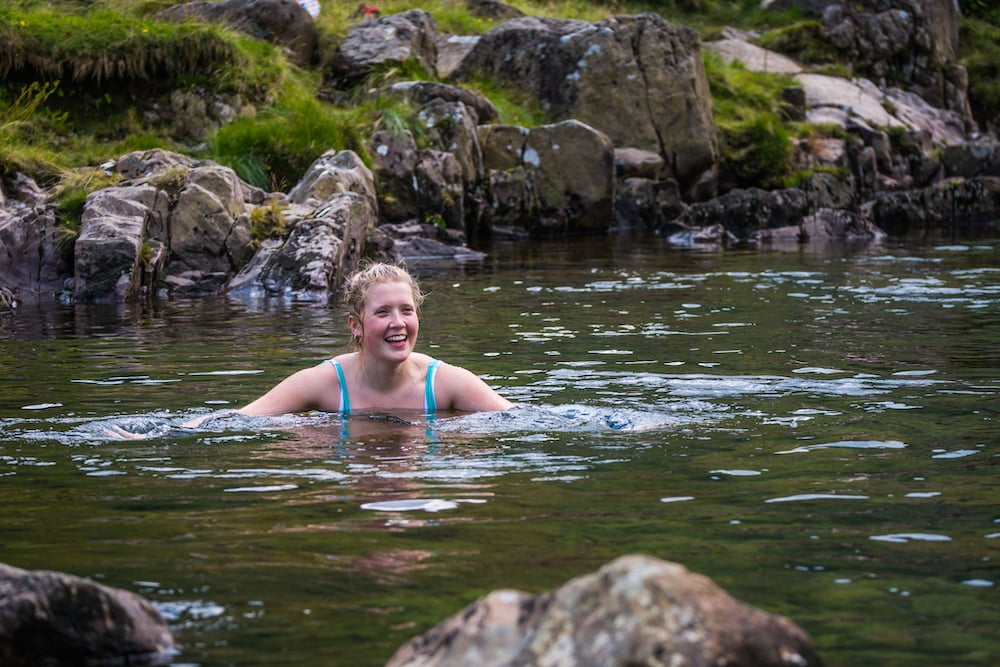
Physical Fitness: A Comprehensive Workout
Recreational swimming provides a full-body workout that improves cardiovascular health, muscular strength, and endurance. Different strokes—freestyle, breaststroke, backstroke, and butterfly—engage various muscle groups, promoting overall fitness. Swimming regularly helps individuals maintain a healthy weight, increase flexibility, and enhance lung capacity and respiratory efficiency.
Low-Impact Exercise: Gentle on Joints
Swimming is a low-impact exercise that reduces stress on joints, making it suitable for individuals with arthritis or mobility issues. Water buoyancy supports the body’s weight, alleviating pressure on bones, joints, and muscles. The fluid resistance of water challenges muscles without the jarring impact of land-based exercises, minimizing the risk of injuries and promoting joint health.
Mental Well-being: Stress Relief and Relaxation
Swimming promotes mental relaxation and stress relief. The rhythmic motion and focus required during swimming strokes calm the mind, reduce anxiety, and improve mood. Regular swimming sessions release endorphins, neurotransmitters that promote feelings of well-being and happiness. The serene environment of water provides a peaceful escape from daily stressors, promoting mental clarity and overall emotional well-being.
Social Interaction: Community and Camaraderie
Recreational swimming fosters social interaction and community engagement. Swimming pools, aquatic centers, and open water venues provide opportunities for individuals to connect with others who share a passion for swimming. Group swimming classes, aquatic fitness programs, and recreational leagues encourage camaraderie, teamwork, and mutual support among participants.
Family Bonding: Enjoyment for All Ages
Swimming is a family-friendly activity that promotes bonding and shared experiences. Families can enjoy swimming together, whether in backyard pools, public facilities, or natural water settings. Teaching children to swim from an early age instills water safety skills and builds confidence in and around water. Family outings to swimming pools or beaches create lasting memories and promote physical activity for all generations.
Tips for Enjoyment: Making the Most of Swimming
- Start Slowly: Begin with a comfortable pace and gradually increase intensity and duration as fitness levels improve.
- Learn Proper Technique: Enroll in swimming lessons or seek guidance from certified instructors to learn and refine strokes.
- Set Realistic Goals: Establish achievable goals, such as swimming a certain distance or improving stroke efficiency.
- Mix It Up: Alternate between different strokes and swimming techniques to maintain interest and challenge different muscle groups.
- Stay Safe: Follow water safety guidelines, including swimming in designated areas, using flotation devices as needed, and supervising children at all times.
Choosing Swim Gear: Essentials for Comfort
Selecting appropriate swim gear enhances comfort and enjoyment in the water:
- Swimsuit: Choose a well-fitting swimsuit that allows freedom of movement and supports athletic performance.
- Goggles: Invest in quality goggles to protect eyes from chlorine and enhance visibility underwater.
- Swim Cap: Wearing a swim cap reduces drag, keeps hair out of the face, and maintains warmth in colder water temperatures.
Exploring Aquatic Activities: Diverse Options
Beyond traditional lap swimming, explore diverse aquatic activities to enhance enjoyment:
- Water Aerobics: Participate in water aerobics classes that combine cardiovascular exercise with resistance training.
- Open Water Swimming: Discover the thrill of open water swimming in lakes, rivers, or oceans, while adhering to safety guidelines.
- Aquatic Yoga and Pilates: Practice yoga or Pilates in the water for added resistance and relaxation benefits.
Conclusion
Recreational swimming offers a multitude of benefits, including physical fitness, stress relief, social interaction, and family bonding. By incorporating swimming into a regular fitness routine and exploring various aquatic activities, individuals can enhance their overall well-being and enjoyment of this versatile and refreshing activity.
